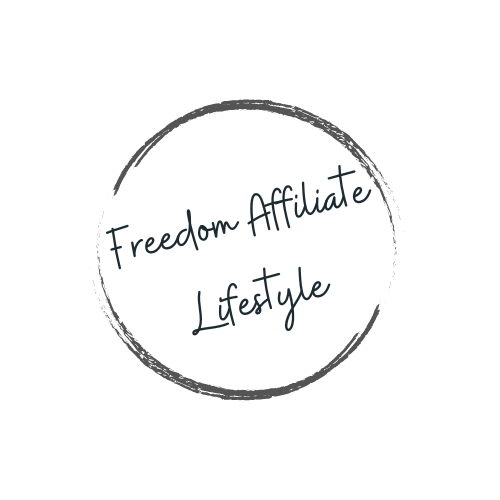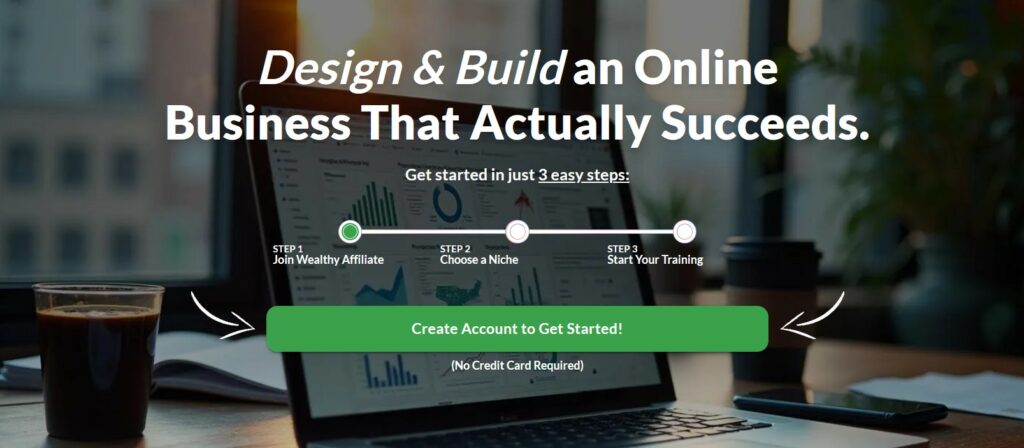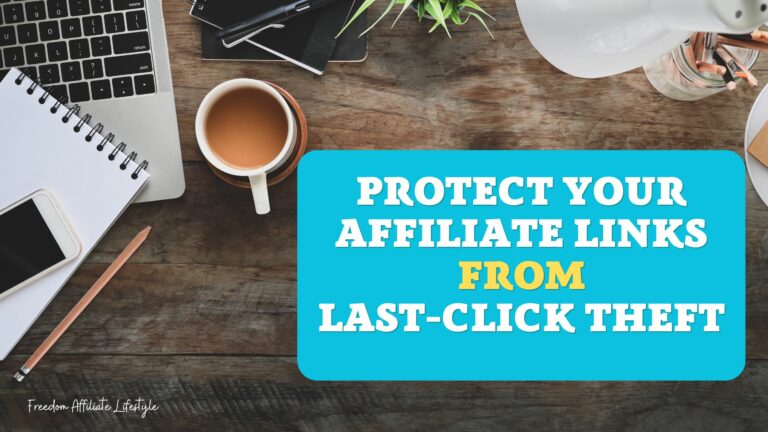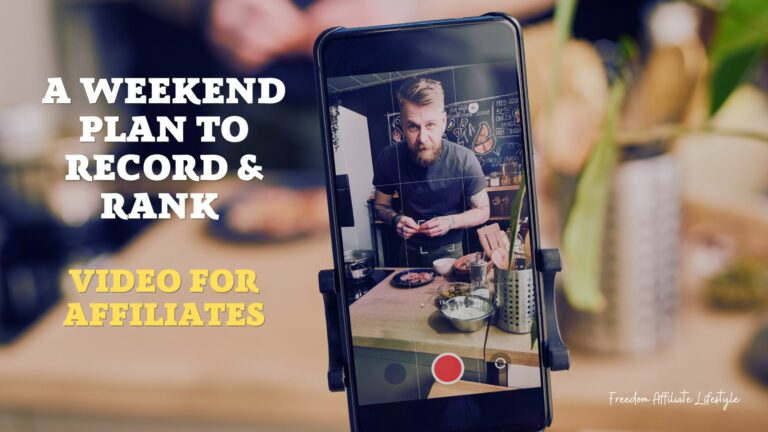YouTube Shopping Affiliate lets eligible creators tag products from participating sellers in videos, Shorts, and livestreams. So basically, when viewers tap to shop on the retailer’s site, you earn a commission on qualifying purchases. It's structured much like a classic Affiliate Marketing Program. Commissions and attribution windows vary by seller, and payments are processed through AdSense after a return window (which is typically 60–120 days).
Within this particular affiliate model, a Shorts-first approach turns quick demos into daily shopping moments… especially now that product stickers are more prominent.
Let's dig a little deeper into this affiliate program and discuss a strategy that you can use moving forward.
Table of Contents
Affiliate Disclaimer: This site contains affiliate links, which means I may earn a commission on purchases made through these links at no extra cost to you.
Eligibility & Availability
To be invited to the YouTube Shopping Affiliate Program, your channel must:
Be in the YouTube Partner Program (YPP)
Have more than 10,000 subscribers
Be based in an eligible region (currently includes the United States and select APAC markets)
Not be a music/OAC channel and not set “Made for Kids” (or have significant MFk content)
Note: YPP itself has minimum thresholds (e.g., 500 subscribers plus watch-time/Shorts-views requirements) before you can even apply to YPP.
How to Join (Step-by-Step)
Open YouTube Studio
Go to Earn → Programs
Click Join now under YouTube Shopping affiliate
Accept the Terms of Service
Start tagging products (follow the tagging guidelines)
Bonus for sellers/brands: If you run a Shopify store, you can connect via the Google & YouTube app to participate as a merchant (so creators can affiliate your products).
Tagging Products (Especially on Shorts)
Shorts = Shopping product sticker. The first product in your list shows on the sticker; reorder to feature a different item. You can resize and reposition the sticker in the YouTube mobile app.
UI update: YouTube rolled out a clearer product sticker experience in 2025, replacing the old lower-left banner which improves visibility and taps.
You can tag many products per upload (YouTube Help currently allows high limits) and manage tags across new and existing videos in Studio/mobile. You’ll also find expanded Shopping reports in Analytics.
Best practice: Only tag products that are clearly shown or meaningfully related to your content (and mention them on camera or textually).
👉 For a step-by-step walkthrough of planning, filming, and optimizing your first affiliate videos, read Creating Video Content for Affiliate Marketing (Beginner’s Guide)
How Commissions & Payouts Work
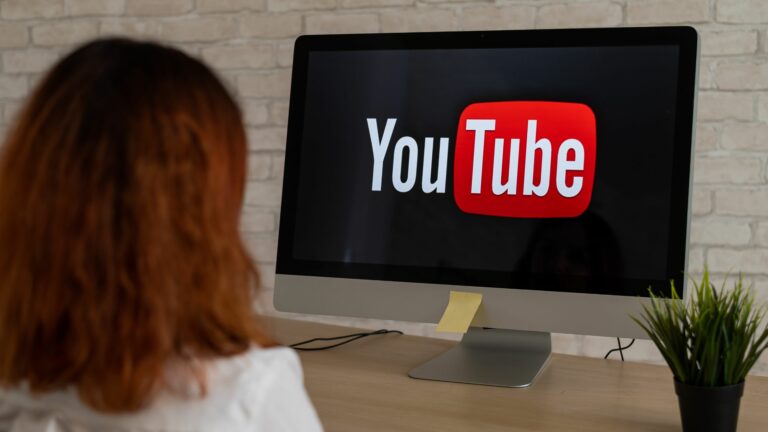
Commission rates and attribution windows are set by each participating brand or retailer, so the percentage you earn and how long clicks are credited (same-session vs. multi-day) can vary by product.
After a viewer buys from a tagged item, the commission typically appears as pending in YouTube Studio’s Shopping reports and may be adjusted for cancellations, returns, or fraud before it’s finalized. Finalized affiliate earnings are then bundled with your other YouTube revenue and paid via AdSense on your normal payout cycle, subject to your payout threshold and any tax withholdings, so expect a delay between the sale date and the pay date while return windows close.
Inside the Affiliate Hub, you can preview estimated rates, spot seasonal promos or product samples, and prioritize higher-margin SKUs. Studio’s Shopping analytics let you compare performance by video and product so you can double-down on what converts.
For best results, feature in-stock items, mention the product on camera, and position the Shopping product sticker where it’s clearly visible. Always include a clear affiliate disclosure and review each seller’s terms, as some categories have exclusions or caps that can affect your final payout.
The Shorts-First Strategy
Shorts get rapid impressions, and the product sticker is now highly visible, making it perfect for quick shopping moments. Here’s a proven framework:
1) The 3×3 Shorts Script Grid
Create three 20–35s variations around one product (or bundle):
Hook: “Stop scrolling- this solved my [pain point] in 10 seconds.”
Proof: Show a visible demo: unbox, before/after, stress test, or unexpected use-case.
CTA: “Tap the sticker to check price and specs.” (Also pin a comment with a reminder.)
Repeat with two more angles:
Angle B (Speed demo): Rapid cut, timer overlay, one quick feature, then CTA.
Angle C (Comparison): “I tried 3, this one won for [X].” CTA.
Make each Short product-led, with the sticker placed away from captions and UI clutter (top-right is common).
2) The 14-Day Sprint
Days 1–2: Research inside Affiliate Hub for high-commission sellers + promos; order samples if offered.
Days 3–5: Film 3 Shorts per product (A/B/C structure).
Days 6–7: Edit, add on-screen benefit bullets, make sure the sticker highlights the primary product.
Days 8–14: Publish one Short per day. Track Sticker taps, product page CTR, and conversions in Studio’s shopping reports; double-down on the angle with best click-through.
3) Event & Inventory Timing
Align Shorts to retail moments (weekend promos, brand drops). Updates in 2025 made the Shorts shopping UI clearer, so now you can capitalize by posting right as a sale goes live.
4) Creative Guardrails
First shot should reveal the benefit in <1.0s (speed matters on Shorts).
Keep captions minimal; let the sticker do the linking.
Test different sticker placements (use mobile app to fine-tune) and don't cover key visuals.
Compliance (Don’t Skip This)
In YouTube’s upload flow, check the “Paid promotion” box when appropriate.
Follow U.S. FTC Endorsement Guides: use clear, conspicuous disclosures (e.g., “#ad,” “I earn commissions on links”) in the video and description… don’t bury them.
Your Launch Checklist 🗹
- Confirm YPP status and 10k+ subs
- Join Shopping Affiliate in Studio → Earn → Programs
- Explore Affiliate Hub for high-commission sellers and promos
- Script 3 Shorts per product
- Set sticker to the exact product you want featured; adjust placement/size
- Publish daily for 14 days; scale winners based on Shopping reports
- Frequently Asked Questions
Question: Can I join if I’m not in YPP yet?
Answer: No. You must be in YPP first—and for Shopping Affiliate, you also need 10,000+ subscribers and meet regional rules.
Question: What if I’m under 10,000 subscribers?
Answer: Build toward YPP and 10k while monetizing with traditional affiliate programs (Amazon, Impact, CJ) and pinning links in descriptions. YPP eligibility currently starts at 500 subs plus watch-time/Shorts-views thresholds.
Question: Do Live streams support product tags?
Answer: Yes… eligible creators can tag products in live content too.
Question: Is there a structured training program to help me turn YouTube Shopping into a full content system?
Answer: Yes… I recommend Wealthy Affiliate. It bundles step-by-step training, practical tools, and an active community, making it easier to plan videos, create supporting content, track what converts over time, and scale a repeatable system from views to revenue.

Elizabeth teaches people how to make money online through affiliate marketing. Her tips and strategies help readers earn a Full-Time Income from home. She shares easy steps for success on her blog. Follow her to start your journey!
